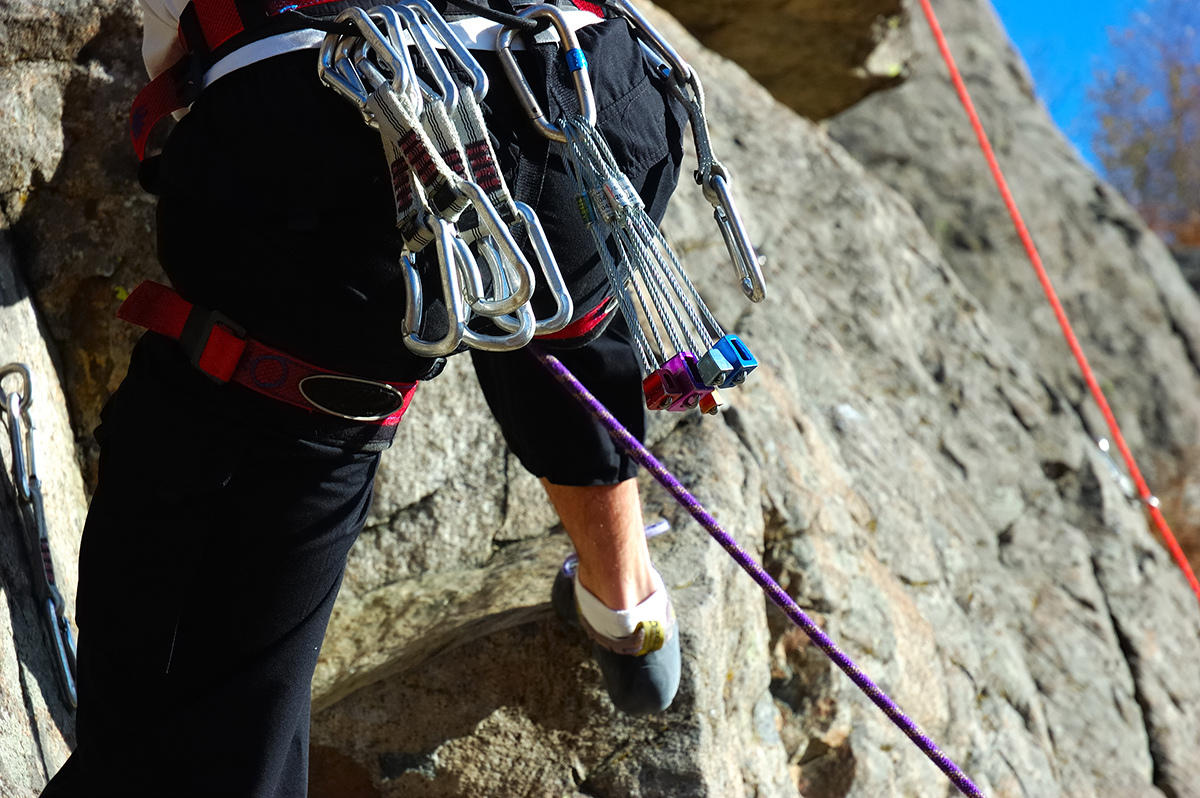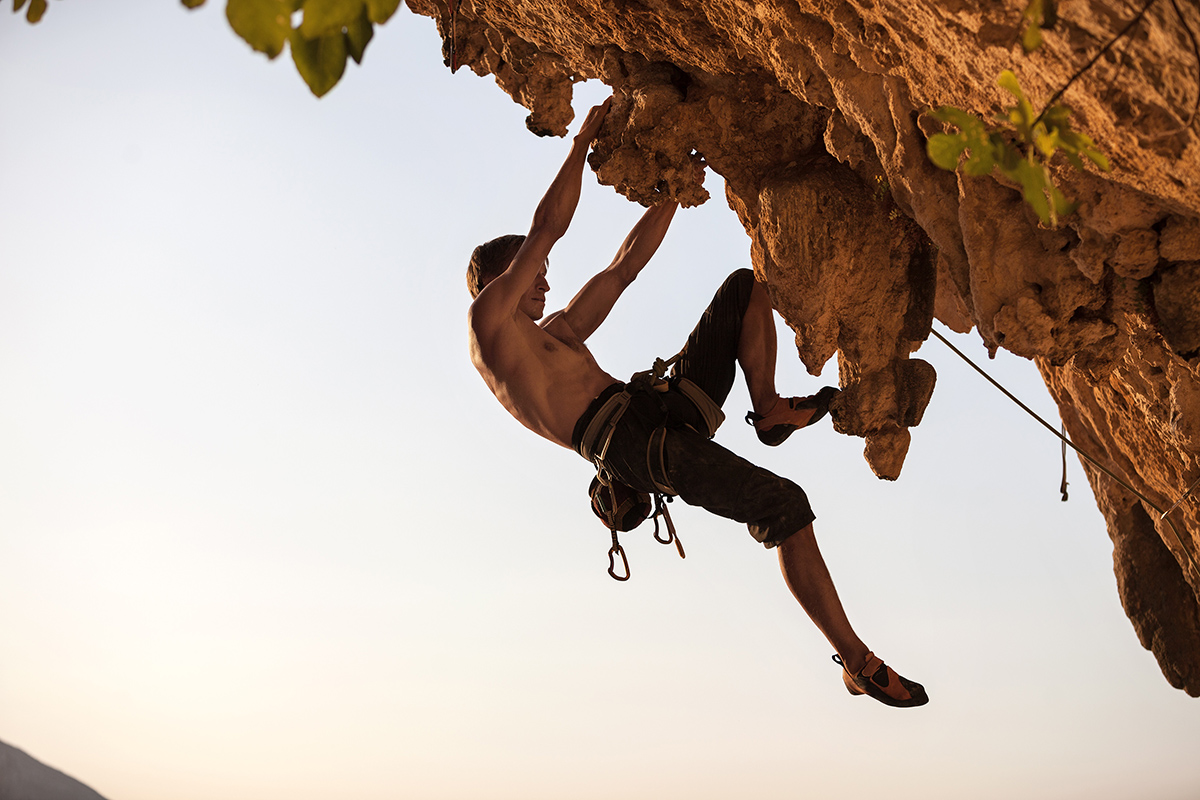Rock climbing is just climbing rocks. While it’s full of nuance, technique, and passion, it’s actually quite simple when you break it down. Climbers decided to make it more or less complicated, depending on the style they enjoy the most. Trad, sport, and aid climbing, while just climbing rocks, are vastly different from one another. Discover the differences, and maybe you’ll learn what type of climber you want to be.
Climbing 101: What Are The Basics?
Climbing is straightforward; it’s climbers who make it complicated. The basics include ascending from the bottom to the top, using one’s body, and employing some strategy. In practice, though, it’s much more complex.
Types of Rock Climbing: Where Trad, Sport, and Aid Fit In
There are many climbing styles, but trad, sport, and aid are the big three for roped outdoor climbing. Trad (short for traditional) climbing leans on natural features and self-placed protection. Sport climbing relies on pre-placed bolts drilled into the rock. Aid climbing, however, is a whole different beast—climbers use gear not just for protection but for upward progress. This will make sense shortly.
“But what is free climbing?” This includes both trad and sport climbing. Climbers use their gear only to protect themselves in the event of a fall, not to assist them in moving upward. Aid climbing flips that on its head: gear is essential for climbing up, as you weigh it directly.
What Is Trad Climbing, Really?

Trad climbing is a style of climbing where climbers lead routes by placing their own protection. This can include nuts, hexes, cams, etc., which are inserted into cracks and crevices as they go. No pre-bolted route tells you where to go or what to do. Trad climbing is a much wilder feeling because you don’t have that next bolt to get to, only a crack where you must figure out how to protect yourself.
It’s not just about carrying all the gear, either. It’s about knowing how to use it with precision. Placement quality can make or break a climb.
What Makes Sport Climbing So Popular?

Sport climbing is the fast-paced sibling of trad. With fixed bolts in the wall, climbers can focus on movement rather than protection. It’s climbing distilled into a challenge of physicality and efficiency, and it’s wildly accessible compared to traditional climbing.
The gear is streamlined, consisting of a harness, rope, quickdraws, belay device, and possibly a chalk bag. Sport climbing is the bridge between the indoor and outdoor worlds.
Aiding: When You Climb by Pulling on Gear (And It’s Totally Okay)

Aid climbing breaks the free climbing rule: you can use gear to aid your ascent. It’s less about flow and more about logistics. Climbers place gear, attach ladders, and step up. Slowly, methodically, piece by piece, an aid climber ascends.
Aid climbing requires an array of specialized equipment, including hooks, ascenders, haul bags, daisy chains, and more. You don’t travel light, but you do travel deep. The gear allows access to entirely different terrain that may be too difficult to free climb.
What Type of Climber Are You?
Are you an adventure-seeker who loves problem-solving under pressure? Trad might be your jam. Do you thrive on movement and want to focus on the pure physicality of a climb? Sport could be the ticket. Love logistics, gear tinkering, and big missions? Aid might be your flavor.
Your climbing style should fit your lifestyle. Live near granite cracks? Trad might be the default. Do you have a bouldering gym next door and limestone cliffs nearby? Sport is a natural match. You were born in Yosemite and birthed from a haul bag on a portaledge? Grab an aid ladder and get up there.
Climbing isn’t cheap, but you don’t have to buy all your gear at once. Borrow gear, tag along with experienced friends, or take a guided course. Starting with sport climbing can ease you in before diving into the deeper gear pools of trad or aid.
Why Climbing Isn’t One-Size-Fits-All
There’s no ‘right’ way to climb, only the way that excites you, challenges you, and keeps you coming back. One person’s dream route might be another’s nightmare. The difference in experience climbers can have is one of the things that keeps them coming back.
Whether you’re placing cams in a sandstone splitter, clipping bolts on a sunny sport crag, or hauling gear up a granite monolith, it’s all climbing. The rope and the rock are all that matter, so pick your style and get after it.
